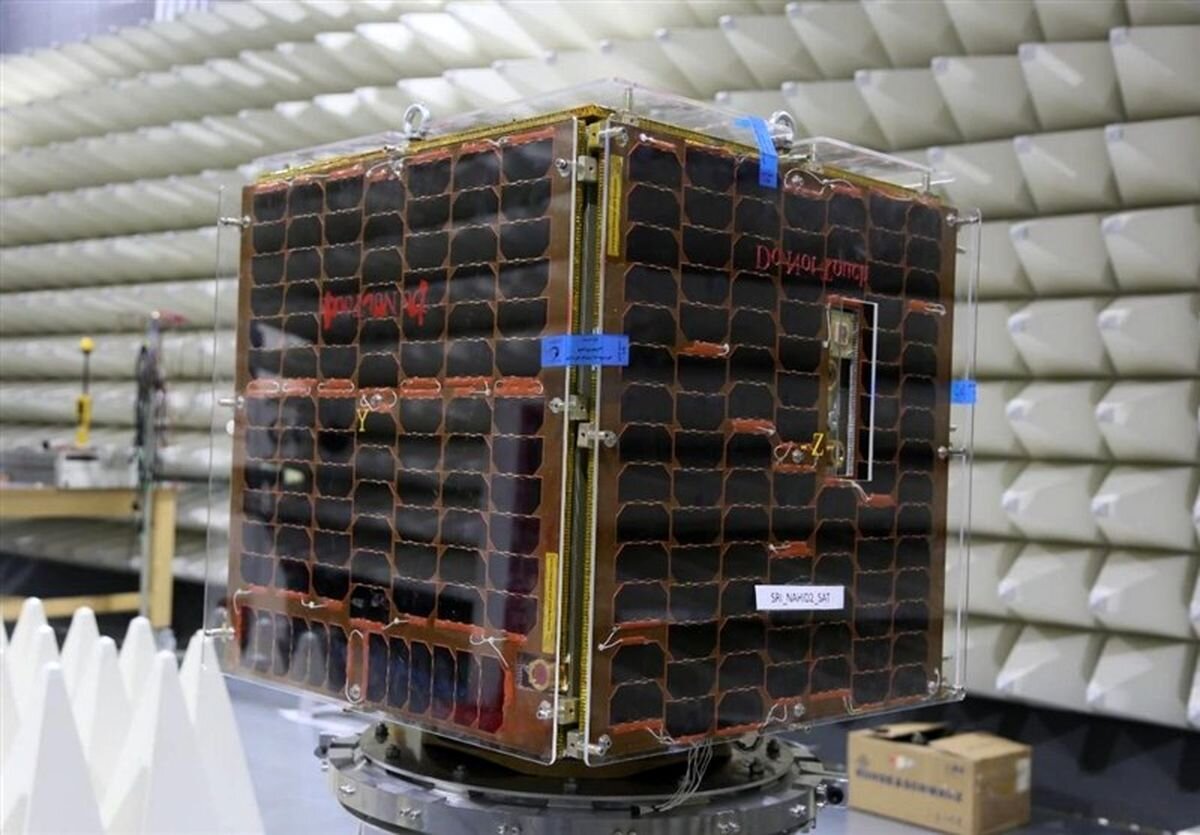Iran successfully tests key subsystems on Nahid-2 satellite

TEHRAN – Iran has successfully tested the rotational stabilization subsystem of its Nahid-2 satellite, marking another milestone in the satellite’s ongoing in-orbit testing and evaluation process, according to the Iranian Space Agency (ISA).
The test, part of a comprehensive operational assessment program, confirmed the proper functioning of the rotational detumbling mechanism—a critical component that helps stabilize the satellite’s orientation in space. The ISA said the result reflects solid performance across Nahid-2’s subsystems and steady progress in its post-launch verification campaign.
Nahid-2, launched on Friday, July 25, is Iran’s first Ku-band telecommunications satellite and is currently undergoing detailed evaluation of its onboard systems. Thus far, several major subsystems have been successfully tested, including the power generation, distribution, and management unit; thermal control and temperature regulation systems; telemetry and telecommand communications in the S and U/V frequency bands; and the attitude stabilization and control systems, including relevant sensors and actuators.
The ISA noted that functional testing of additional subsystems will continue in the coming days, and results will be progressively shared with specialists and space enthusiasts.
Commissioned by the Iranian Space Agency and developed in collaboration with the Iranian Space Research Center, Nahid-2 was launched aboard a Russian Soyuz rocket as part of an international multi-payload mission that included Russia’s Ionosfera-M3 and M4 satellites and 18 others from various countries.
In a symbolic moment, the Iranian Space Agency’s logo appeared on the Soyuz launch vehicle, signifying Iran’s formal participation in the international space mission.
The Nahid-2 is designed for a five-year mission in low Earth orbit at an altitude of approximately 500 kilometers. One of the key engineering challenges for satellites in this range is gradual orbital decay caused by Earth’s gravity, which can degrade performance over time. To counteract this, Nahid-2 is equipped with an indigenously built propulsion system capable of adjusting its altitude by up to 50 kilometers.
Developed entirely by Iranian engineers, the propulsion system uses home-grown hot gas thrusters and features advanced components such as a composite fuel tank, high-pressure valves, and precision control nozzles. Due to their technical complexity, such components are rarely available on the global market, further underscoring the significance of domestic production.
In addition to its propulsion system, Nahid-2 incorporates several other Iranian-made technologies, including lithium-ion batteries capable of tens of thousands of charge-discharge cycles, space-grade adhesives, and polymer-based coatings for thermal insulation and conductivity regulation.
With successful subsystem tests underway, the Nahid-2 mission marks another step forward in Iran’s push to expand its independent space capabilities and satellite technology expertise.
